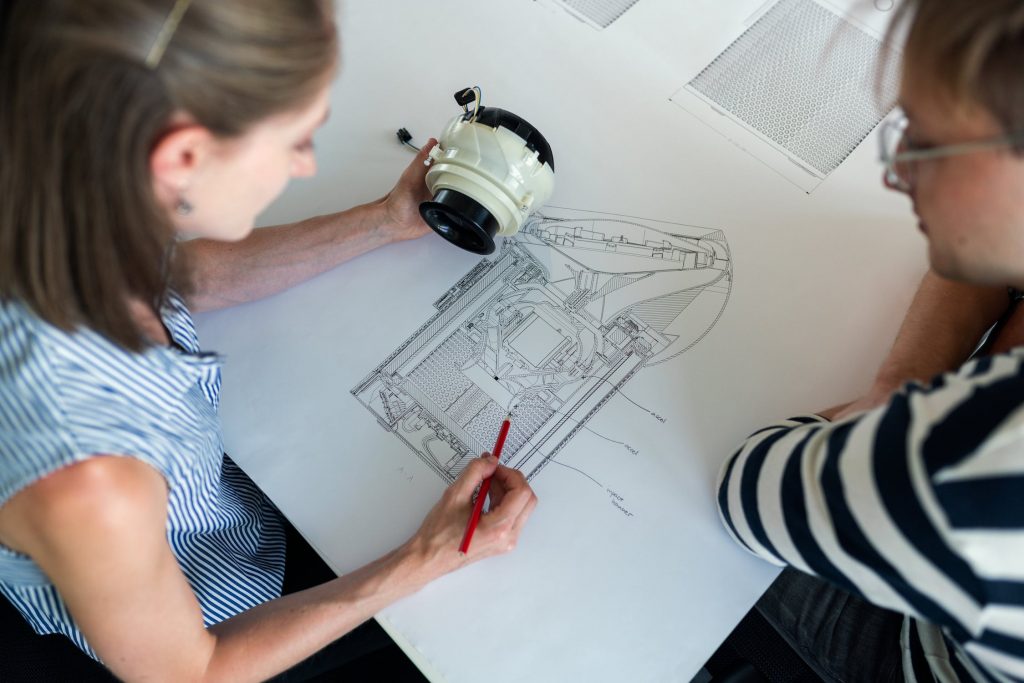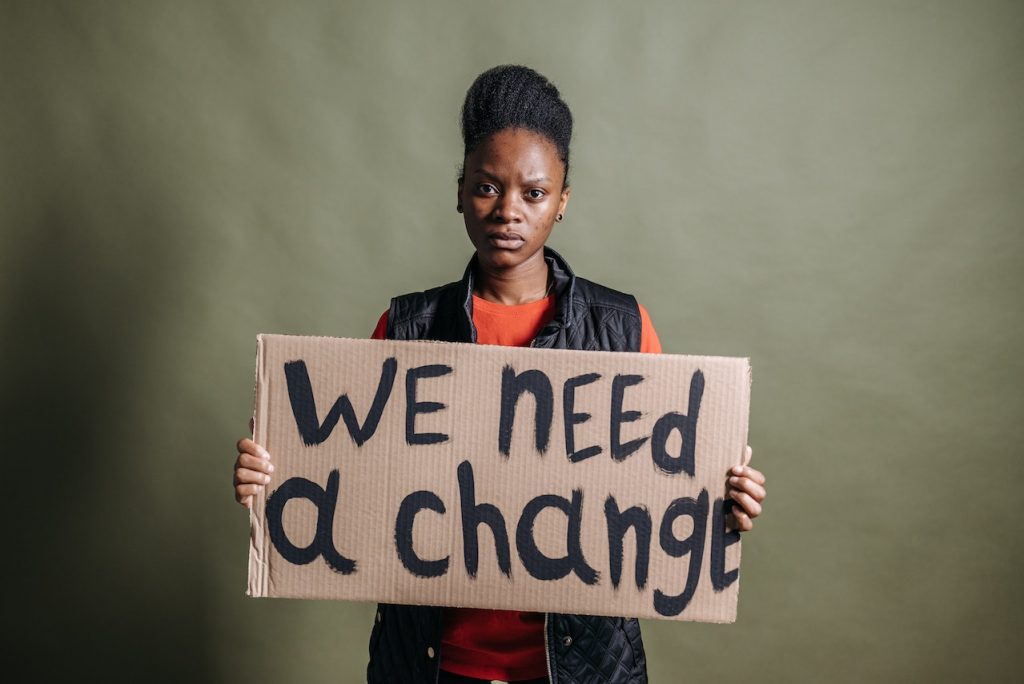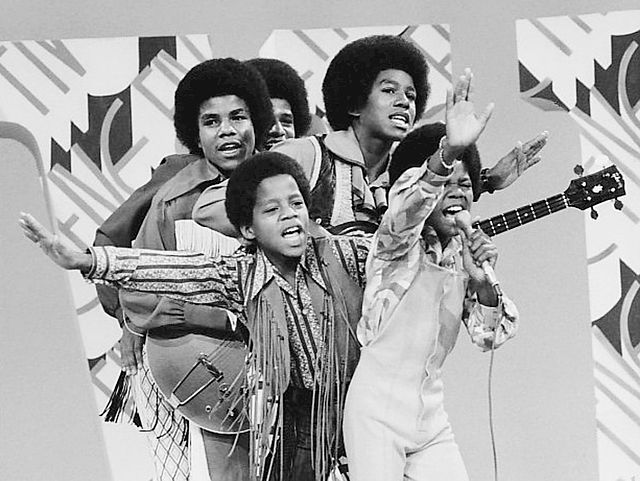
GUEST POST from Janet Sernack
In our second blog in the Reconnect and Reset series of three blogs, we stated that now is not the time to panic. Nor is it a time to languish from change fatigue, pain, and emotional lethargy. It is a significant moment in time to focus, rehabilitate, rebuild, repair, regrow and reset to increase our connectedness through linking human touchpoints that increase people-power in the fourth industrial revolution.
In the current environment, where chaos and order are constantly polarizing, it’s crucial to touch people with empathy, reignite their social skills, and enable them to become healthily self-compassionate and more self-caring to:
- Patiently support, lead, manage, mentor, and coach them towards finding their own balance to flow with mitigating the challenges of the fourth industrial revolution.
- Take advantage of new technologies, networks, and ecosystems to re-engage and collaborate with others and with civil society in positive ways that contribute to the whole.
- Do the good work that creates a more compelling, inclusive, resilient, and sustainable future, that serves the common good.
The Landscape Has Changed and So Have the Solutions
As the fourth industrial revolution continues to implode, we need to zoom out and consider the bigger picture. Where a recent Harvard Review article What Will Management Look Like in the Next 100 Years?” states that we are entering an era, which is fundamentally transforming the way we operate. Which is defined by the disruptive growth in blockchain technology, robotics, artificial intelligence, high-performance computing, and other core digital capabilities.
All of which, in some way, is dependent on linking the key human touchpoints that increase people’s power and our connectedness.
In the same article, management scholar Rita Gunther McGrath argued that management practices based on command and control, and expertise would ultimately make way for empathy.
Where work is centred around value creation conducted through networks and collaboration, that rely on increasing the connectedness between machines and humans rather than through rigid structures and relationships to thrive through increasing people-power in the fourth industrial revolution.
The Qualtrics 2022 Employee Experience Trends Report also states that the landscape has changed. Where people are choosing to work flexibly, to work in the places that work best for them, and to take time for their own well-being, families, and friends.
Where people are demanding change because they care, about their leaders and their organizations, and want to be capable of developing better ideas; better innovations; and delivering better performances.
The report outlines the four things your people need you to know:
- There will be an exodus of leaders – and women will be the first out the door.
- People will demand better physical and digital workspaces.
- The lack of progress in diversity, inclusion, and belonging won’t be accepted.
People don’t want to become irrelevant, nor do they want their managers, leaders, and organizations to become irrelevant. People know that they can’t, and won’t go back to the old ways of doing things. People also know that they are already living in the new normal and that they need to start working there, too and to do that, we need to increase our connectedness.
Which is especially important for building people’s power and mitigating the challenges emerging in the fourth industrial revolution.
- A transformative moment for employees and employers
Businessolver’s Eighth Annual Report on the State of Workplace Empathy describes how the pandemic has impacted on employees’ personal lives, the labor market, and the economy, and states that “we are living through a renegotiation of the social contract between employees and employers”.
Their data shows that amid the return to the office, fewer employees view their organizations as empathetic, and that workplace empathy has clear implications for employee well-being, talent retention, business results, and increases people-power:
- About 70% of employees and HR professionals believe that empathetic organizations drive higher employee motivation.
- While 94% of employees value flexible work hours as empathetic, the option is only offered in 38% of organizations.
- 92% of CEOs say their response to returning to in-person work is satisfactory, compared to 78% of employees.
- 82% of employees say their managers are empathetic, compared to 69% who say the same about their organization’s chief executive.
Yet, there seems to be a true lack of understanding, especially in the corporate sector, of what it means to be empathetic, and a shortage of time and energy to develop the mindsets, behaviors, and skills to practice it and make it a habit.
It is also a fundamental way of being to increase our connectedness and building peoples-power.
Make a Fundamental Choice to Increase our Connectedness
Even though each person is a distinct physical being, we are all connected to each other and to nature, not only through our language but also by having a deeper sense of being.
Human connectedness is a powerful human need that occurs when an individual is aware and actively engaged with another person, activity, object or environment, group, team, organization, or natural environment.
It results in a sense of well-being.
The concept is applied in psychology as a sensation or perception where a person does not operate as a single entity – we are all formed together to make another, individual unit, which is often described as wholeness.
Which is especially important for our well-being and people power in the face of the challenges of the fourth industrial revolution.
Strategies for Developing Quality Connections
- Be grounded, mindful and conscious
Being grounded and mindful enables people to become fully present to both themselves and to others. It is a generous gift to unconditionally bestow on others. Especially at this moment in time, where the pandemic-induced social isolation, has caused many people to become unconsciously and unintentionally self-absorbed.
There is an opening to become aware of, and to cultivate our attending and observing skillsets, to sense and see the signals people are sending, at the moment they are sending them. To help people identify the source of their issues to re-establish a sense of influence and control that reduces their autonomic nervous system reactions and help them restore their calmness.
This is the basis to increase our connectedness, by attuning and becoming empathetic as to what thoughts and feelings lay behind their behaviours and actions, with detachment, allowing and acceptance.
- Be open-hearted and open-minded
Being curious about what others are feeling and thinking, without evaluating, judging, and opposing what they are saying. By knowing how to listen deeply for openings and doorways that allow possibilities and opportunities to emerge, to generate great questions that clarify and confirm what is being both said and unsaid.
To support people by creating a safe and collective holding space, that reduces their automatic unconscious defensive responses. To defuse situations by being empathic and humble and increase our connectedness by asking how you might help or support them, and gaining their permission and trust to do so.
Increase our connectedness through being vulnerable in offering options so they make the best choice for themselves, to reduce their dependence, help them identify and activate their circles of influence and control and sustain their autonomy.
Now is the moment in time to focus on building workforce capabilities and shifting mindsets for generating a successful culture or digital transformation initiative by harnessing, igniting, and mobilizing people’s motivation and collective intelligence and building people power.
It is crucial to acknowledge and leverage the impact of technology through increasing people-power by developing new mindsets, behaviors, skills, and new roles, which are already emerging as fast as other roles change.
Be willing to invest in the deep learning challenges that build people’s readiness and receptivity to change, so they can embrace rather than resist it, and be willing to unlearn, and relearn, differently, by collaborating with other people, leaders, teams, and organizations across the world.
Ultimately, it all depends on being daring and willing to increase our connectedness, through adapting, innovating, and collectively co-creating strategies, systems, structures that serve the common good, and contribute to the well-being of people, deliver profits and nurture a sustainable planet.
Find out more about our work at ImagineNation™
Find out about our collective, learning products and tools, including The Coach for Innovators, Leaders, and Teams Certified Program, a collaborative, intimate, and deeply personalized innovation coaching and learning program, supported by a global group of peers over 9-weeks, starting Tuesday, February 7, 2023.
It is a blended and transformational change and learning program that will give you a deep understanding of the language, principles, and applications of an ecosystem focus, human-centric approach, and emergent structure (Theory U) to innovation, and increase people-power, upskill people and teams and develop their future fitness, within your unique context. Find out more about our products and tools.
This is the final in a series of three blogs on the theme of reconnecting and resetting, to create, invent and innovate in an increasingly chaotic world.
You can also check out the recording of our 45-minute masterclass, to discover new ways of re-connecting through the complexity and chaos of dis-connection to create, invent and innovate in the future! Find out more.
Image credit: Pixabay
 Sign up here to get Human-Centered Change & Innovation Weekly delivered to your inbox every week.
Sign up here to get Human-Centered Change & Innovation Weekly delivered to your inbox every week.

![]() Sign up here to get Human-Centered Change & Innovation Weekly delivered to your inbox every week.
Sign up here to get Human-Centered Change & Innovation Weekly delivered to your inbox every week.







